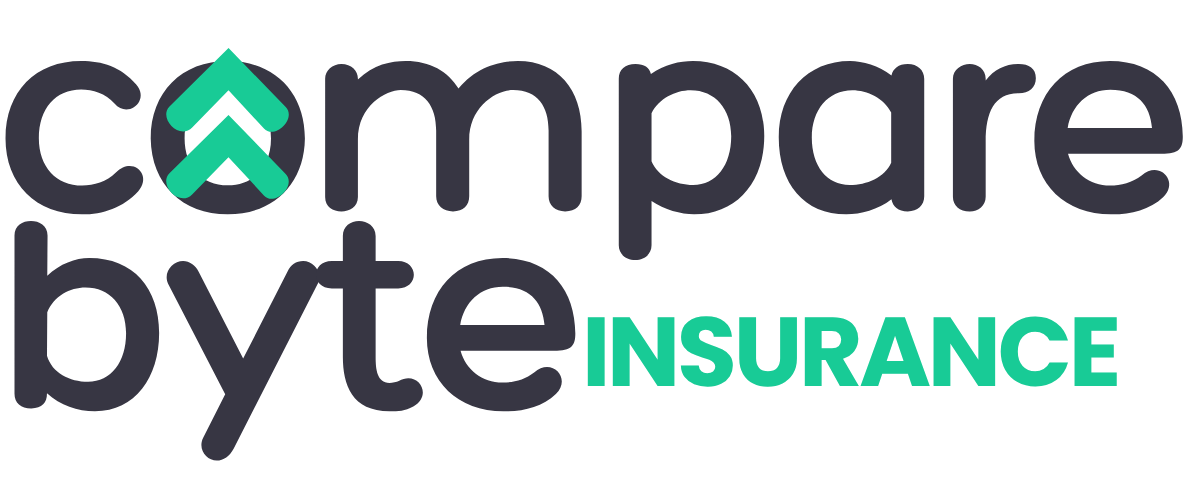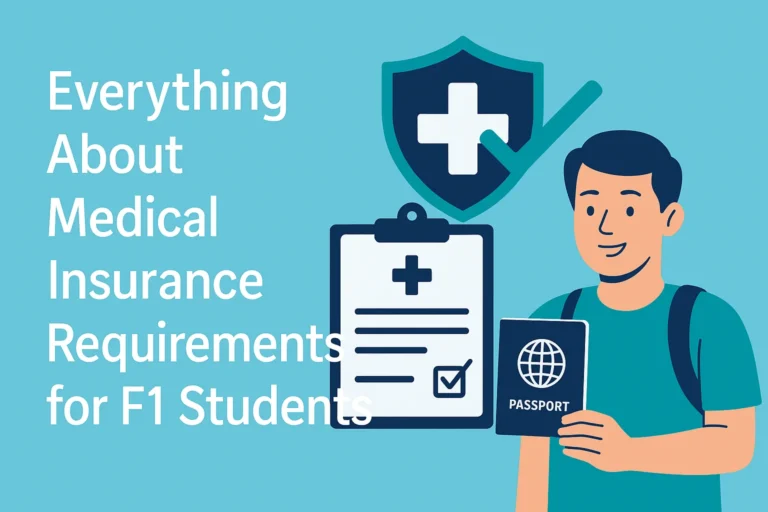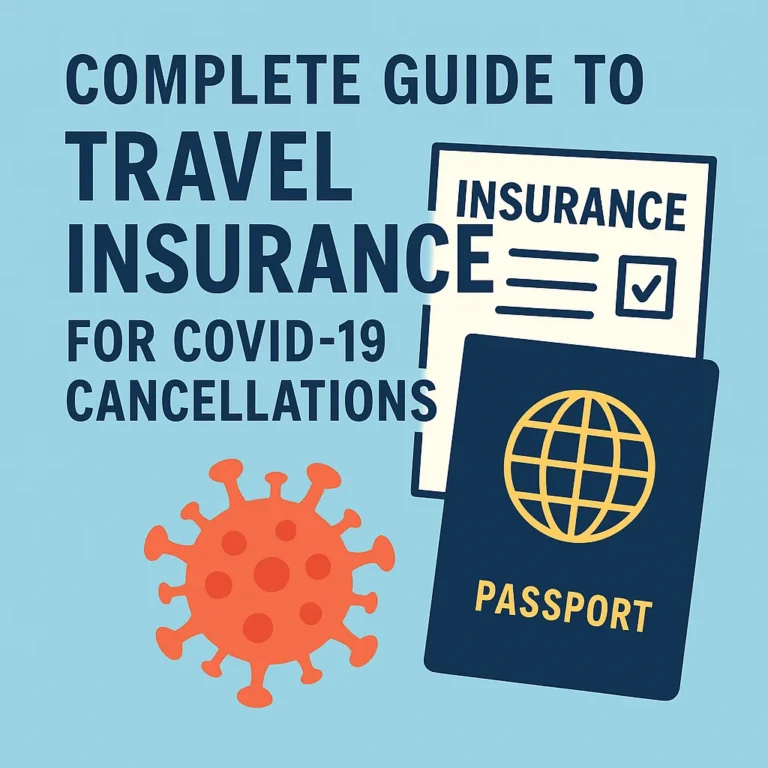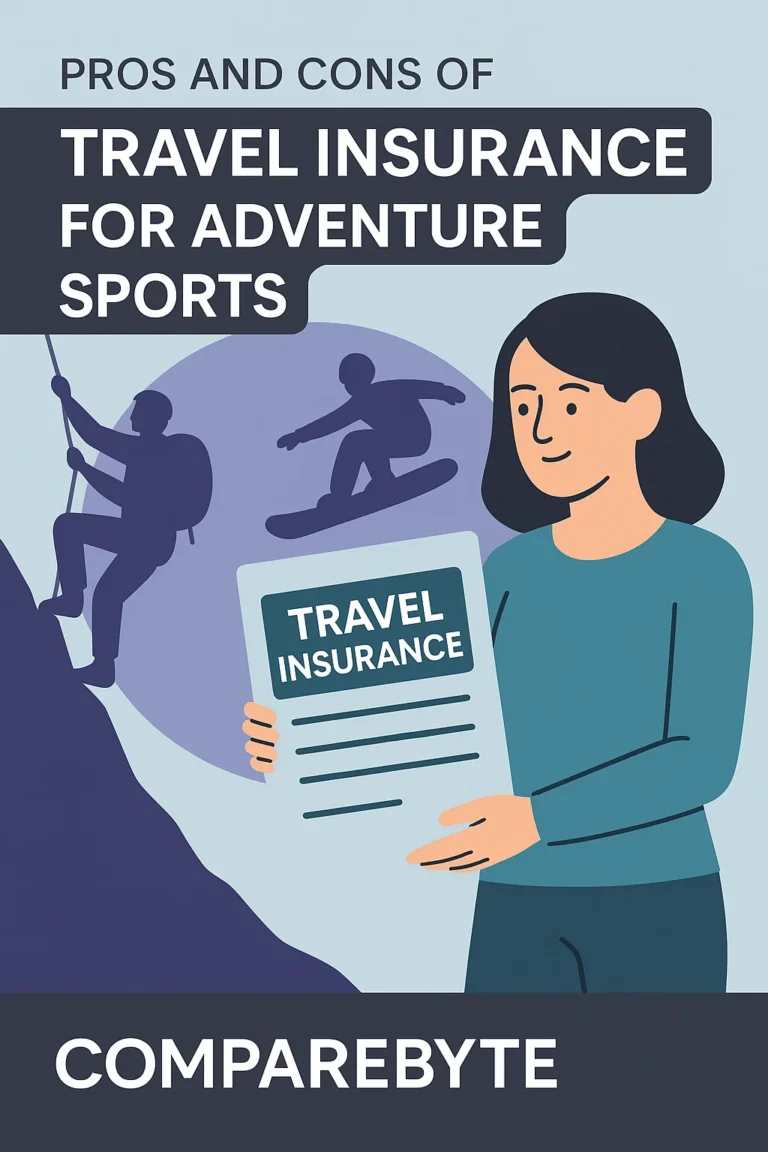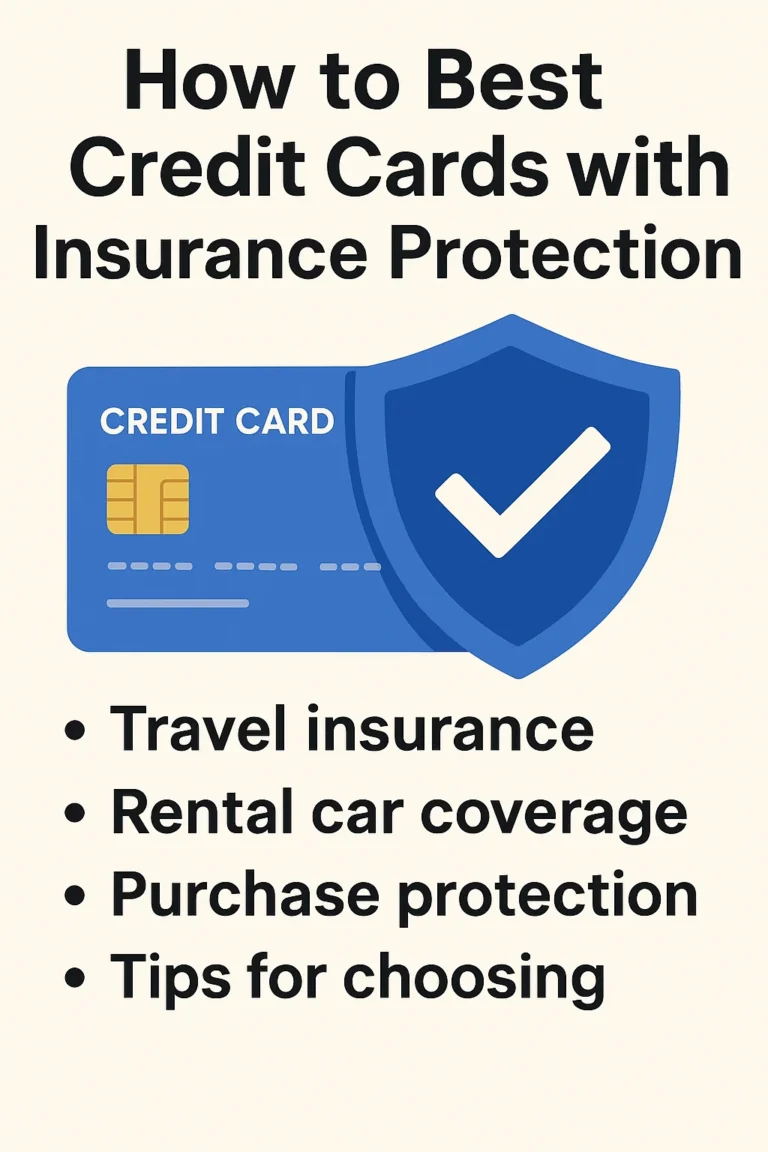Many young drivers assume that driving their parent’s car automatically means they are insured. However, the reality is more nuanced, and failing to understand the details of auto insurance policies can lead to legal trouble, financial liability, or even denied claims. Whether you’re a teenager learning the ropes or a young adult occasionally borrowing the family vehicle, knowing how insurance applies is crucial.
This guide breaks down everything you need to know — from the foundational insurance concepts to real-life mistakes and smart strategies. We’ll also walk you through comparative data and expert recommendations to help you make informed decisions when driving a car you don’t technically own.
Understanding Auto Insurance for Non-Owners
Auto insurance generally follows the car, not the driver. This means that in most cases, a vehicle is insured regardless of who’s behind the wheel — as long as they are permitted drivers. If you’re living in the same household as your parents, most insurers require you to be listed on the policy to be covered consistently. Temporary or occasional driving, however, might still fall under the umbrella of permissive use.
The basic coverage components that apply to a parent’s policy typically include:
- Liability Coverage: Covers injuries or property damage you cause to others.
- Collision Coverage: Pays for damage to your parent’s car in an accident.
- Comprehensive Coverage: Covers theft, vandalism, weather, and other non-collision events.
However, insurers differ in how they define and apply coverage based on living arrangements, frequency of use, and legal responsibility. Not understanding these nuances can result in uncovered claims or even policy cancellation.
It’s important to differentiate between:
- Named Drivers – explicitly listed individuals with regular access to the vehicle.
- Excluded Drivers – those not covered under any circumstance.
- Permissive Use – occasional use with the owner’s consent.
Each of these categories impacts whether the insurance policy will cover an accident or loss event. Understanding auto insurance basics will give you the knowledge to avoid costly mistakes.
Top Situations You May Encounter (and How to Handle Them)
1. You Live at Home and Drive Often
Most insurers will require you to be added to your parents’ policy as a listed driver. This helps ensure accurate risk assessment and prevents denied claims.
2. You Borrow the Car Occasionally
Occasional use often falls under permissive use, which is typically covered. However, limits may apply, and frequent use may raise flags.
3. You’re Away at College
If your permanent residence is still your parents’ home, many insurers allow continued coverage. Make sure to notify the insurer of your status and location.
4. You’ve Moved Out but Still Use the Car
Once you establish a separate residence, you may not be covered under your parents’ policy. Consider non-owner car insurance in this case.
5. You Get Into an Accident in Their Car
Coverage depends on whether you’re a listed driver or considered a permissive user. Claims may be denied if you’re not properly declared.
6. You’re an Excluded Driver
Driving the car as an excluded driver generally voids coverage completely. Never assume you’re covered if you’re explicitly excluded.
7. You’re Driving for Business or Rideshare
Standard family auto policies usually exclude business use. If you’re delivering food or driving for Uber with your parent’s car, their policy might not cover you at all.
Common Mistakes and How to Avoid Them
Mistake #1: Assuming You’re Covered Automatically
Tip: Always confirm with the insurance provider and ask if you should be added to the policy.
Mistake #2: Hiding Living Arrangement Changes
Tip: Notify insurers about college relocation, moving out, or life changes that affect your coverage status.
Mistake #3: Ignoring Excluded Driver Lists
Tip: Make sure you are not on the exclusion list; if you are, coverage will be invalid in all situations.
Mistake #4: Driving Without Checking Business Use Restrictions
Tip: Read policy terms if using the car for deliveries or gig economy jobs. Separate insurance may be required.
Mistake #5: Not Exploring Non-Owner Insurance Options
Tip: If you drive cars you don’t own frequently, consider getting non-owner car insurance.
Comparison Tables
| Driver Status | Likely Coverage | Insurer Requirements |
|---|---|---|
| Listed Household Member | Full Coverage | Must be named on policy |
| Permissive Use (Same Address) | Partial/Conditional Coverage | Must not be frequent use |
| Excluded Driver | No Coverage | Explicitly denied in policy |
| Coverage Type | Parent’s Policy | Non-Owner Policy |
|---|---|---|
| Liability | Included | Included |
| Collision | Usually Included | Not Included |
| Comprehensive | Optional | Not Included |
Frequently Asked Questions
Do I need to be on my parents’ policy if I only drive their car occasionally?
Not necessarily. Occasional use may be covered, but it’s best to check with the insurer to avoid gaps.
What happens if I crash my parent’s car and I’m not listed?
You might still be covered under permissive use, but it’s not guaranteed. The insurer could deny the claim if they determine frequent use was undeclared.
Is non-owner car insurance expensive?
It’s generally cheaper than standard policies and designed for those who frequently borrow or rent cars but don’t own one.
Conclusion and Call to Action
Driving your parent’s car might feel simple, but insurance coverage is far from straightforward. From exclusions to business use limitations, one mistake could cost you thousands in out-of-pocket expenses. Understanding your status — whether as a listed driver, occasional user, or excluded party — is key to staying protected.
Don’t leave your coverage to chance. Contact your family’s insurance provider today to clarify your situation. Consider a non-owner car insurance policy if you drive often but don’t own a vehicle. Proactivity now could prevent major legal and financial issues later.
Read more in our related articles: Understanding Auto Insurance Coverage Types and Do You Need Insurance to Drive a Car You Don’t Own?
